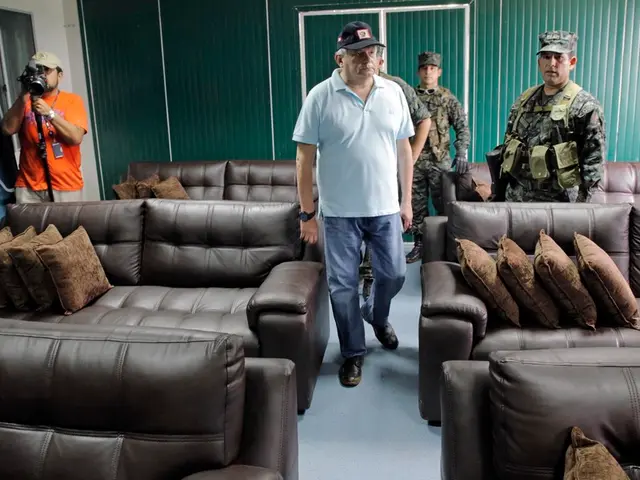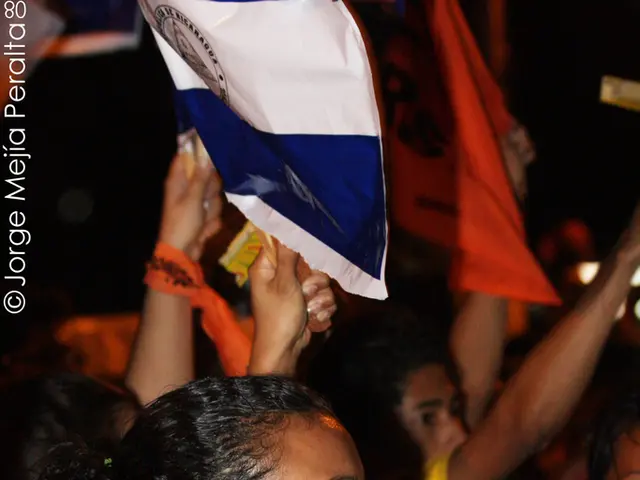Turkey deploys military barrier for defense against drone attacks and missiles, named 'Steel Dome'
In a significant move towards bolstering its air defense capabilities, Turkey has embarked on the ambitious Steel Dome project. This integrated air defense system is designed to protect key regions and address new security requirements, such as safeguarding the Akkuyu nuclear power plant.
At the heart of the Steel Dome is the Aselsan-manufactured Korkut anti-aircraft gun and its naval equivalent, the Gokdeniz. These systems, already in service as part of the Steel Dome, have proven their worth and are supplemented by other critical layers.
The delivery of $460 million worth of air defense, radar, and electronic warfare systems forms a significant part of the Steel Dome. The project aims to protect key regions, including Ankara, the Bosphorus, and Dardanelles straits.
Older imported systems, including Bofors, Oerlikon, M42A1 Duster, and Stinger variants, remain in reserve or limited service as part of the Steel Dome. These systems are supplemented by the operational Hisar-O+ and Hisar-OD missile systems for medium-range coverage. These missile systems, along with the US-supplied Hawk XXI missiles, form another critical layer of the Steel Dome.
The Steel Dome project also includes a counter-rocket, artillery, and mortar (C-RAM) version of Korkut, the Burç 30mm system, the Gürz 35mm, and the Goker 35mm. The Gürz hybrid defense system, integrated by Aselsan, combines missile, gun, and laser technologies into a single platform.
Supporting technologies include the national satellite positioning system Kaşif, the KKS GPS antenna, and the ATLAS inertial measurement unit. A wide range of radar assets is being integrated into the Steel Dome, including the ERALP long-range surveillance radar, the vehicle-mounted MAR (mobile search radar), and the Kalkan acquisition radar. The AKR fire control radar is deployed on land and at sea in its naval "D" version.
The Steel Dome is a "system of systems" that integrates data from multiple sources, refined by artificial intelligence, to provide a unified view of threats nationwide. This digital infrastructure was further strengthened with the launch of the Armed Forces Cloud Computing System Project (TSK Bulut Bilişim Sistemi) on December 5, 2024.
President Recep Tayyip Erdogan described the Steel Dome as Turkey's "security umbrella" in the skies. The system is designed to counter low-, medium-, and high-altitude threats with overlapping systems, addressing ongoing concerns about potential "fratricidal fire" with the Russian-built S-400s that Ankara purchased in recent years.
In addition, Roketsan and TÜBİTAK are developing the Gokdemir system for future deployment. In the air-to-air domain, short-range Gokdogan and medium-range Bozdogan missiles are being adapted for integration into ground-based systems. The Turkish officials are also advancing the Hisar-U/Siper program, with the first variant, Siper Blok 1, having entered service, while further versions remain in development.
The Steel Dome is a testament to Turkey's commitment to self-reliance in defense technologies and a significant stride towards securing its skies for the future.








